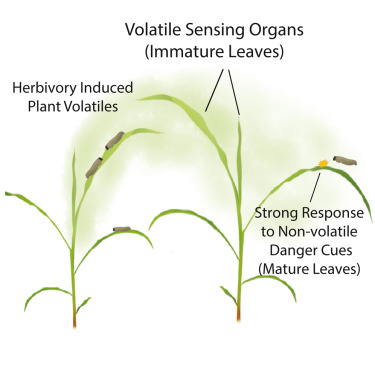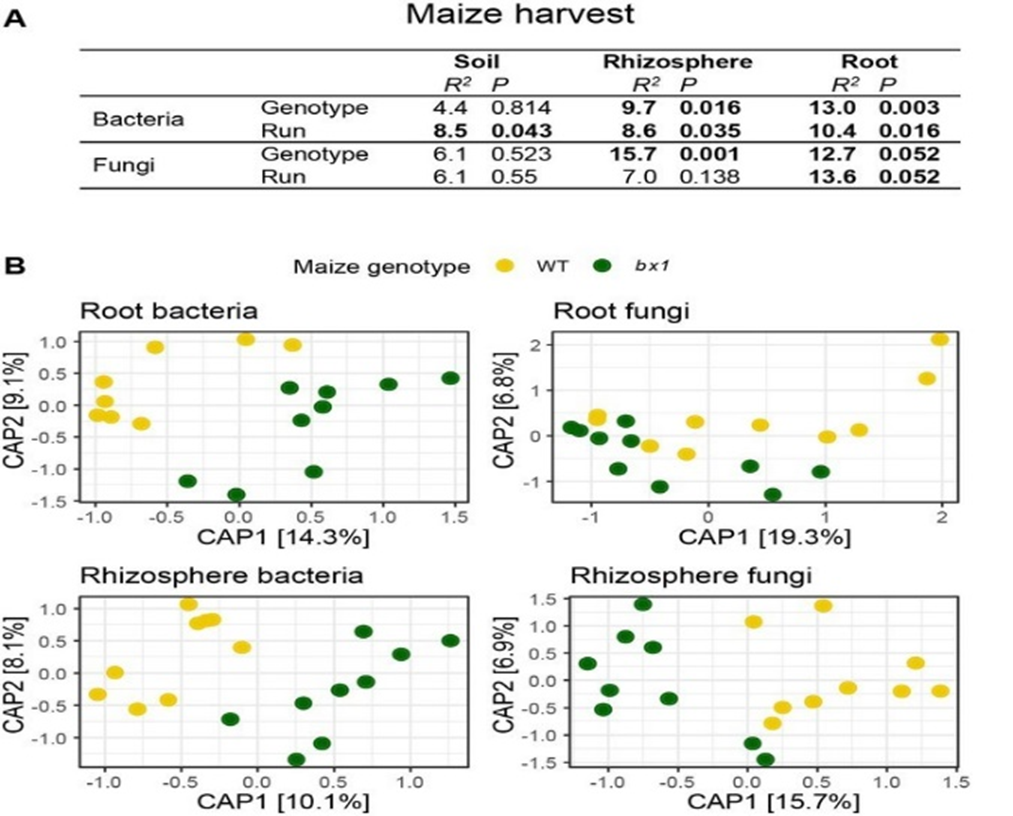
Immature leaves are the dominant volatile-sensing organs of maize
Plant Science Research WeeklyIt’s well established that damaged plant tissues emit volatile compounds that bolster defense responses in nearby plants, but how those neighbors sense these compounds has remained obscure. This new work by Wang et al. reveals some important clues. First, as the title indicates, immature leaves are…

Plant secondary metabolite-dependent plant-soil feedbacks can improve crop yield in the field
Plant Science Research WeeklyPlant secondary metabolites like benzoxazinoid can alter biotic and abiotic soil properties to shape plant performance through plant-soil feedback, but how this feedback affects agricultural productivity and food quality in the field context is unknown. Here, the authors used large-scale agricultural…

Roots of misinformation on common mycorrhizal networks in forests
Plant Science Research WeeklyAs an educator, I reply on metaphors and stories to engage my readers, yet the line between hyperbole and engagement is thin. The concept of plant-plant communication is exciting, and certainly has some truth, but unfortunately has spilled over into a narrative that perhaps is more fiction than fact.…

Jaishree Subrahmaniam (she/her)
BlogJaishree is a joint MSCA fellow at the EcoScience, Chemistry and Molecular Biology units at Aarhus University (Denmark). Her PhD at INRAE (France) focused on understanding whether altruism and cooperation, the abilities to help one another, exist in plants. She believes that the biggest benefit that…

Exogenous miRNAs induce post-transcriptional gene silencing in plants (Nature Plants)
Plant Science Research WeeklySmall RNAs (sRNAs) are 21- to 24-nucleotide non-coding RNAs that induce gene silencing by targeting specific mRNAs for degradation. They regulate a plethora of developmental and physiological processes. Based on their biogenesis they are classified into two groups: micro-RNAs (miRNAs) and siRNAs. Within…

